
Every morning, as soon as I leave my house and head downhill towards the centre of Athens, the road leads me to the corner in front of a magnificent bluish neoclassical building with a plaque of honour on the outer wall. It bears witness to the fact that Giannoulis I. Halepas (1930-1938) lived there in his last years and it evokes a kind of emotion.
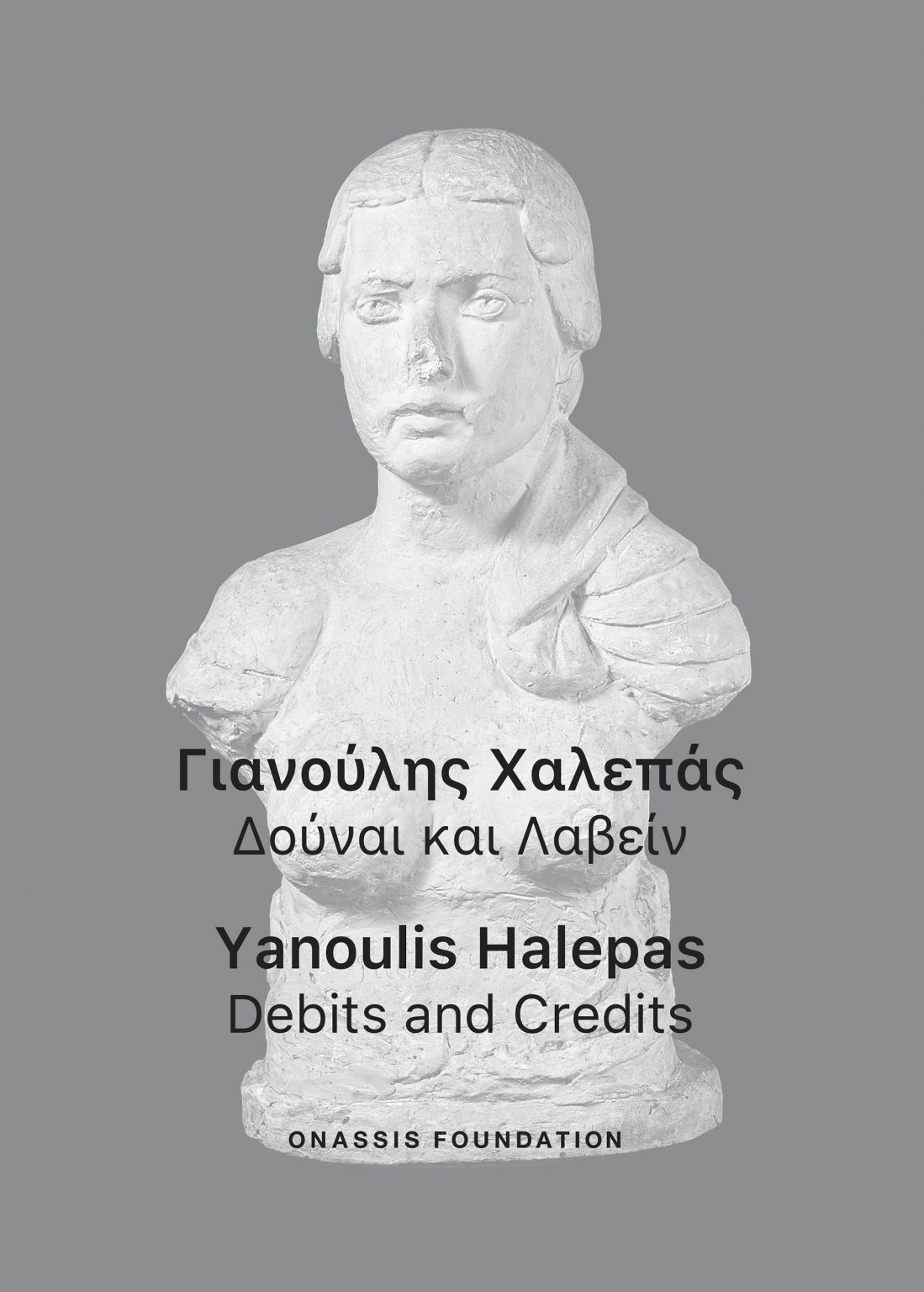
Γιανούλης Χαλεπάς: Δούναι και Λαβείν // Yanoulis Halepas: Debits and Credits
I felt a similar emotion when I got to know and leafed through the bilingual publication “Yiannoulis Halepas: Debits and Credits”, which accompanies the exhibition of the same name at the Teloglion Foundation of Arts, Aristotle University of Thessaloniki, in co-production with OnassisCulture.
The well-illustrated catalogue presents 150 sculptures, drawings, for the first time the set of surviving drawings on the registers and rare archival material. All the works belong to the Onassis Foundation’s collection, the National Gallery and other institutions, museums and private collections in Greece. His work is presented in the catalogue in thematic sections and the text by the publication’s curator, Alexandra Goulaki-Voutyra, is particularly impressive in that it lists the works by periods with poetic titles. They are divided into the sections “The drawings speak”, “Sculptures that speak”, “Sculptures of Maturity”, “Daily Life”, “Portraits”, “Debits and Credits”.
For the first time, the artist’s catalogues are presented in their entirety in a special, dialectical coexistence with the sculptures, both in the exhibition and in the publication.
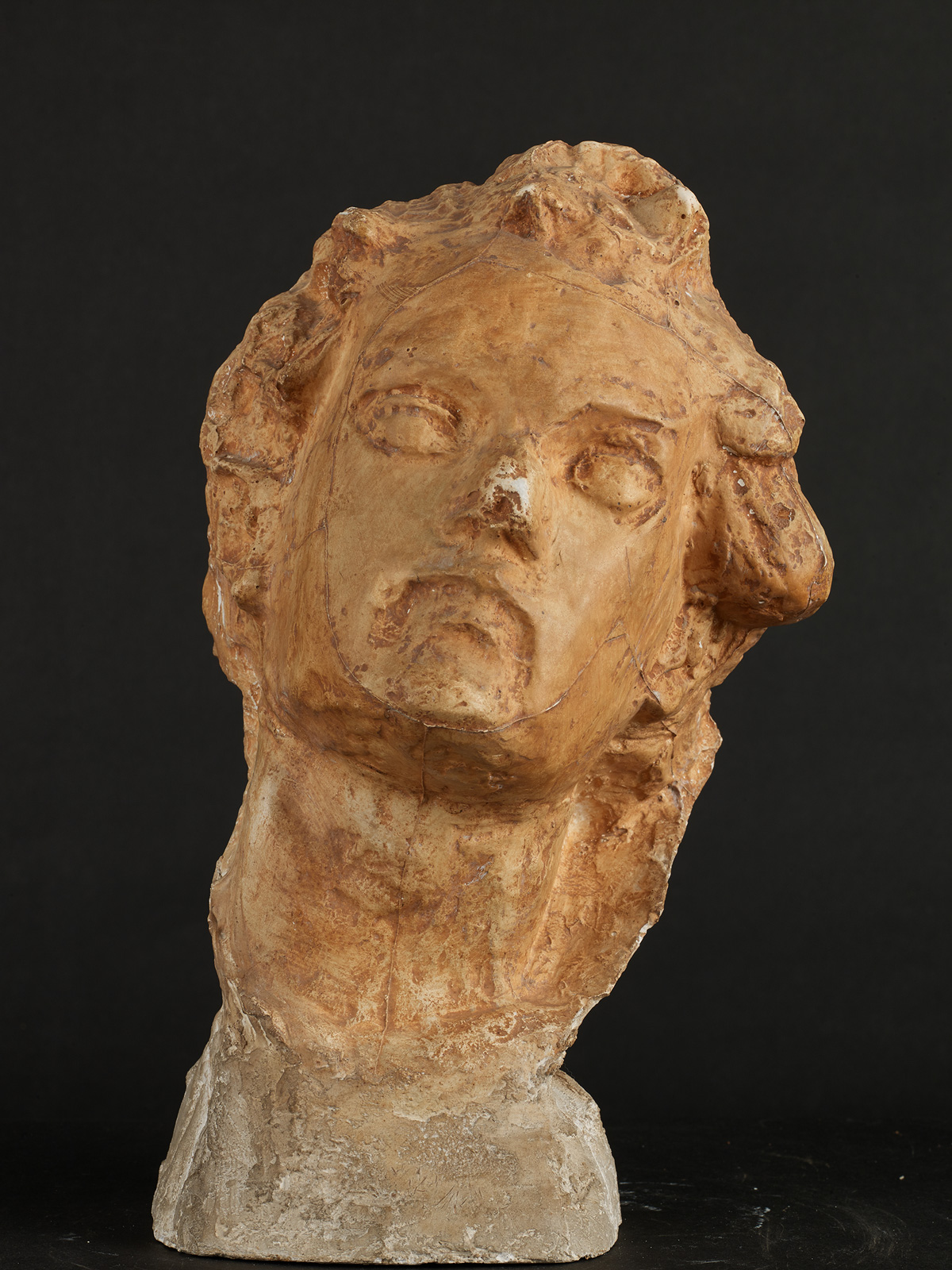
Εκατόγχειρ, πριν το 1927. Γύψος, 32 Χ 13 Χ 13 εκ. Αθήνα, Συλλογή Ιδρύματος Ωνάση
The surprising title proposed by the Director of Culture of the Onassis Foundation, Aphrodite Panagiotakou “Giving and Receiving” refers to the headings inherent in the ledgers of the accounts of Halepas’ father’s artistic business and alludes to the multidimensional artist’s attitude to life during his turbulent life and psyche: the need to give and the reception of ideas and stimuli.
As Alexandra Goulaki-Boutyra writes: “Throughout Giannoulis’s work, the ‘two-way’ give-and-take, according to the DUNAI and LAVEIN in his father’s business account ledgers, seems fatefully to determine the process of his creative course, demonstrating the power of reciprocity in the artistic field. “Receiving”, i.e. loans, references, influences from works from his father’s studio or other collaborating artists (e.g. references to Philippotis’s Woodcutter or the Callibus relief), or from works of antiquity (bust of Demetrius Poliorcetes, small head of a daughter from an Attic tomb, Aphrodite of Argos, etc.), on which he often bases his own, new creation. But also “Dounai”, i.e., new creations and productions of his own, in his father’s workshop, such as the Sleeping Beauty, the Satyr and Eros, the statue of a daughter (Tower of Tinos), the tomb of the V. Fotiou family and their significance for Angelos in Bucharest, Angelos in Leonidio, etc. Also, self-references to works of the first period, but also, later in Athens, returns to themes of Tinos highlight – despite all the limitations imposed by the external difficult conditions of his life – an intense creativity with exuberant rhythms, especially in the last years of maturity, without any expediency, external compromises in fashions, modernisms or styles. His work seems ultimately to capture in a condensed form the inner processes of freedom of choice and expression that characterize genuine creativity in art.”
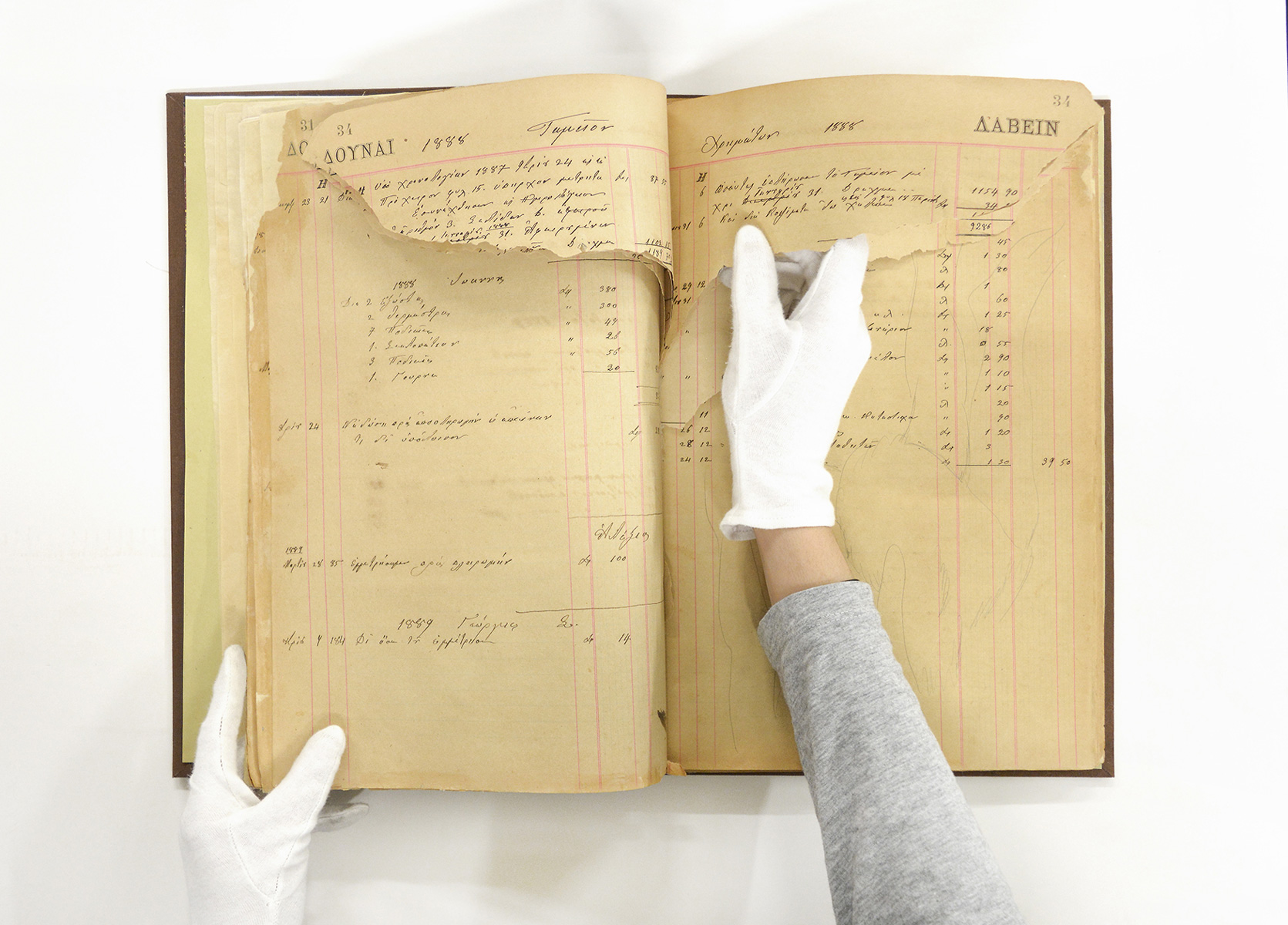
Φωτογραφία καταστίχου. © Φωτογραφίας Τελλόγλειο Ίδρυμα Τεχνών Α.Π.Θ.
These drawings, which some would consider a rehearsal for the final work he wants to create, are ultimately the main work itself,” says Aphrodite Panagiotakou,.
In the publication, the reader gets a complete picture of the classification of Halepa’s creation into three main periods: The first period from his youthful years in Tinos to the onset of his psychological illness (1870-1878). The second period 1902-1930, Tinos on his return from the Psychiatric Hospital of Corfu. And Tuesday, during which, now old and tired, he continued to create in Athens until the end of his life. (1930-1938).
OnassisCulture’s collector’s catalogue features an excellent selection of literature and rare photographic material.
Passing once again by 35 Dafnimoli Street, I recall the texts and images in the catalogue of the works of the creator of “Sleeping Beauty”. Satyrs and Erotes, Angels and Mermaids and the rich tradition in marble and his dedication and contribution to the marble sculpture of our country.
Title: Yanoulis Halepas – Dounai and Lavein
Publisher: Onassis Foundation
Design: Grid Office
Scientific editing of the exhibition and bilingual edition/catalogue: Alexandra Goulaki-Boutyra, General Director of the Telloglio Foundation for the Arts of the Aristotle University of Thessaloniki, Professor Emeritus of the School of Fine Arts of the Aristotle University of Thessaloniki.
Exhibition design: Pavlos Thanopoulos, Scenic Designer.
Chronology: 2022
Language: Greek-English
Pages: 448

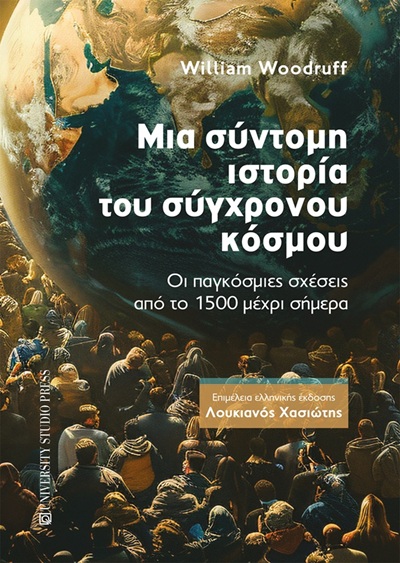
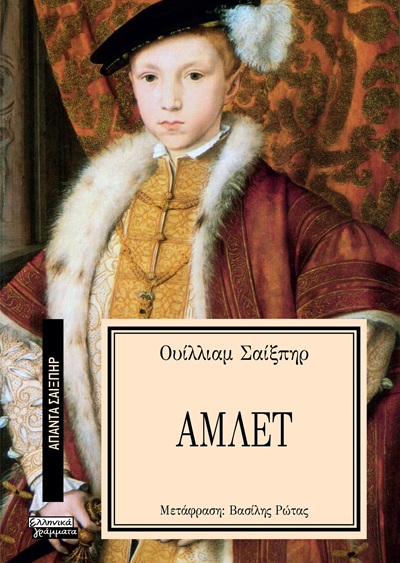
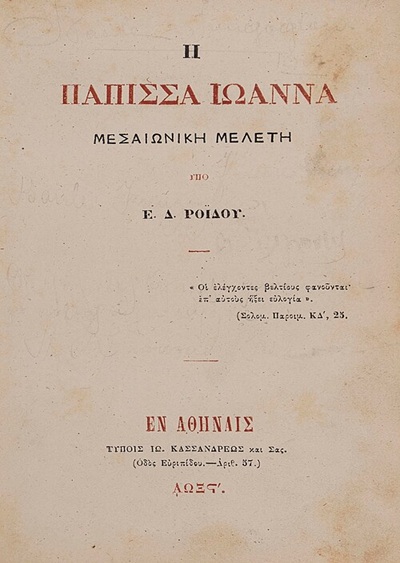
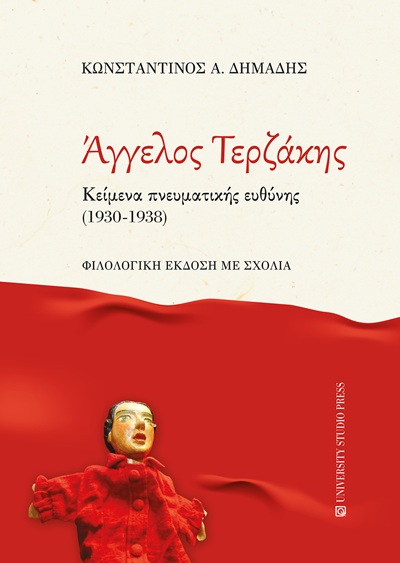


Leave A Comment